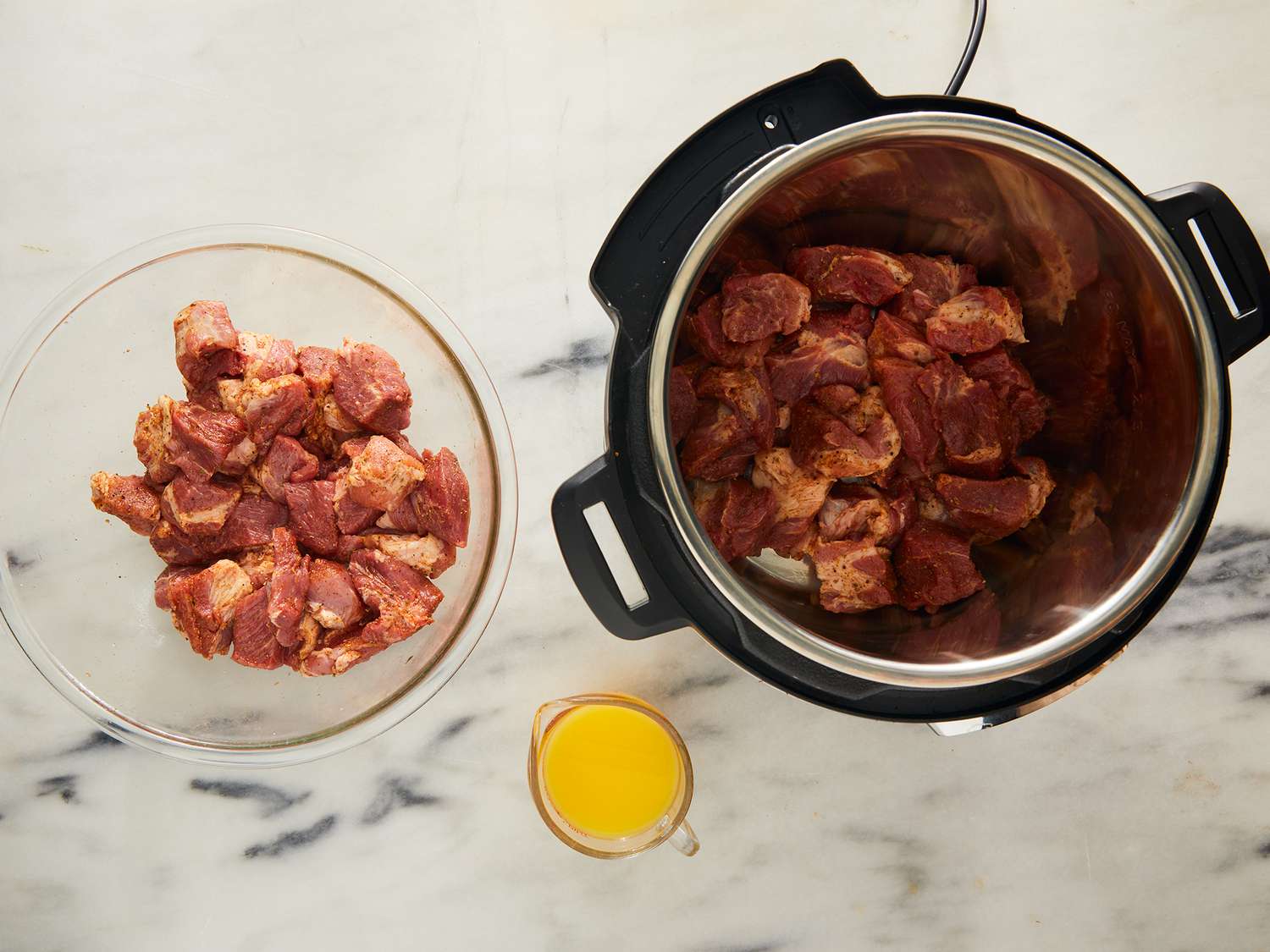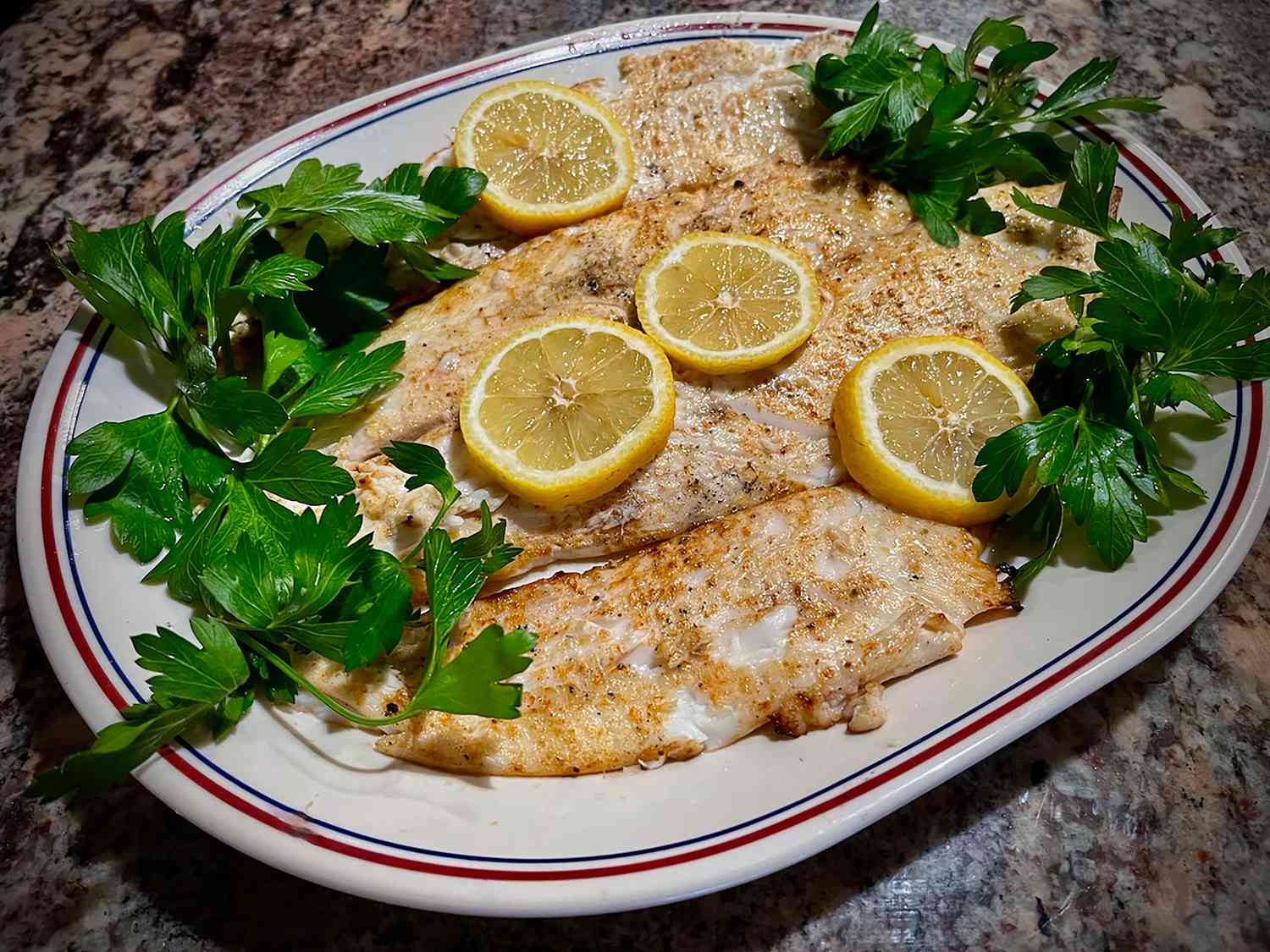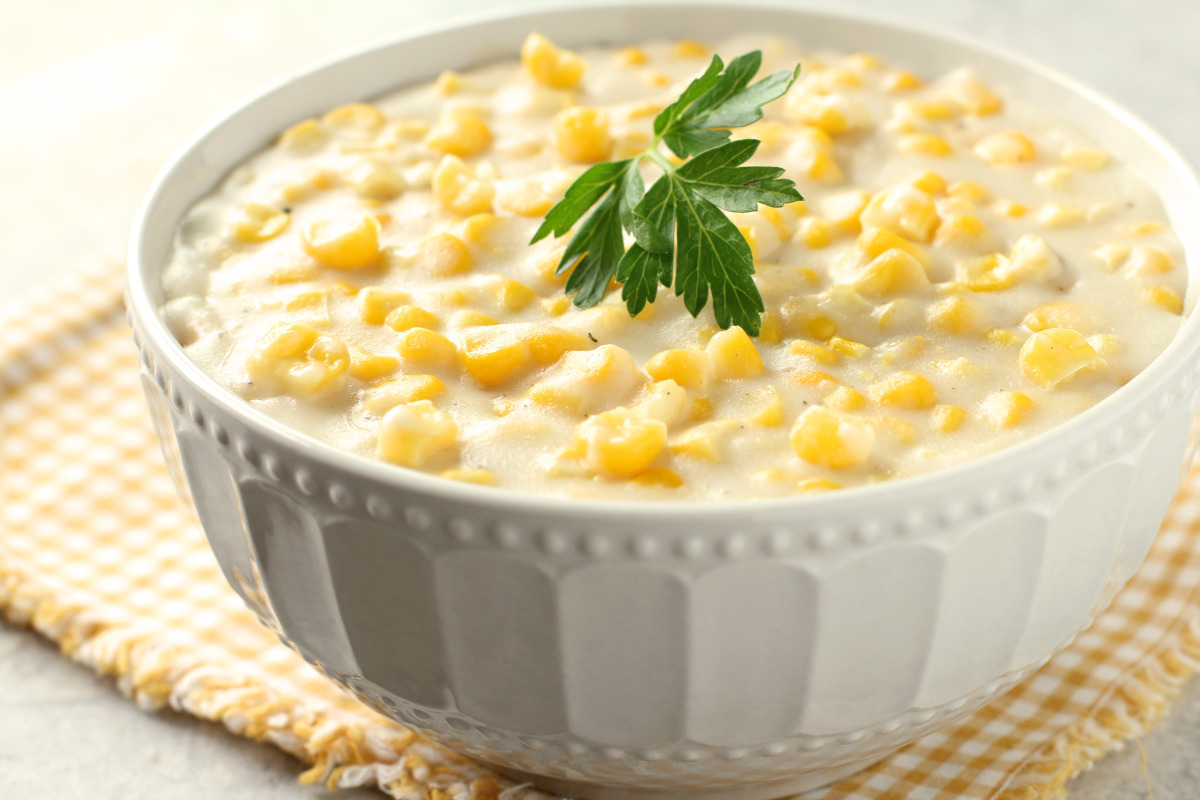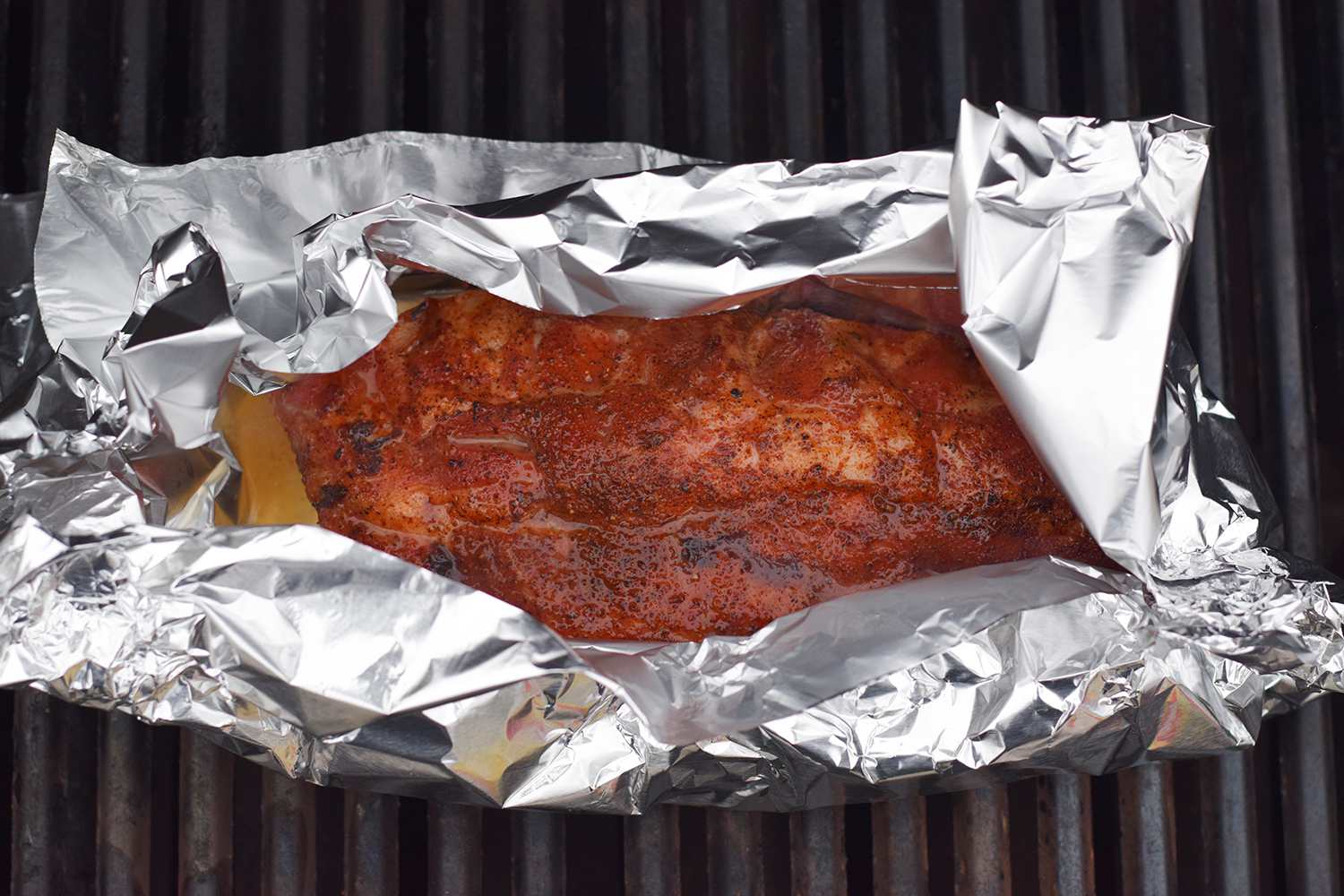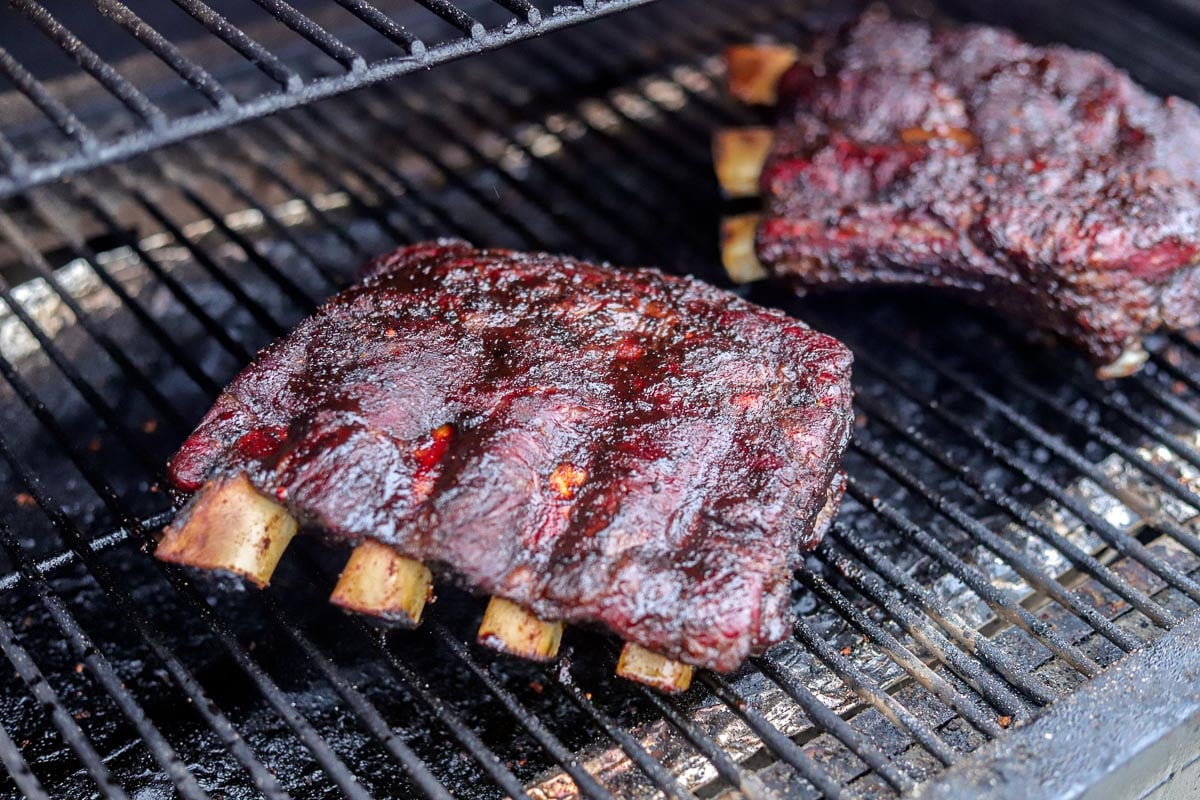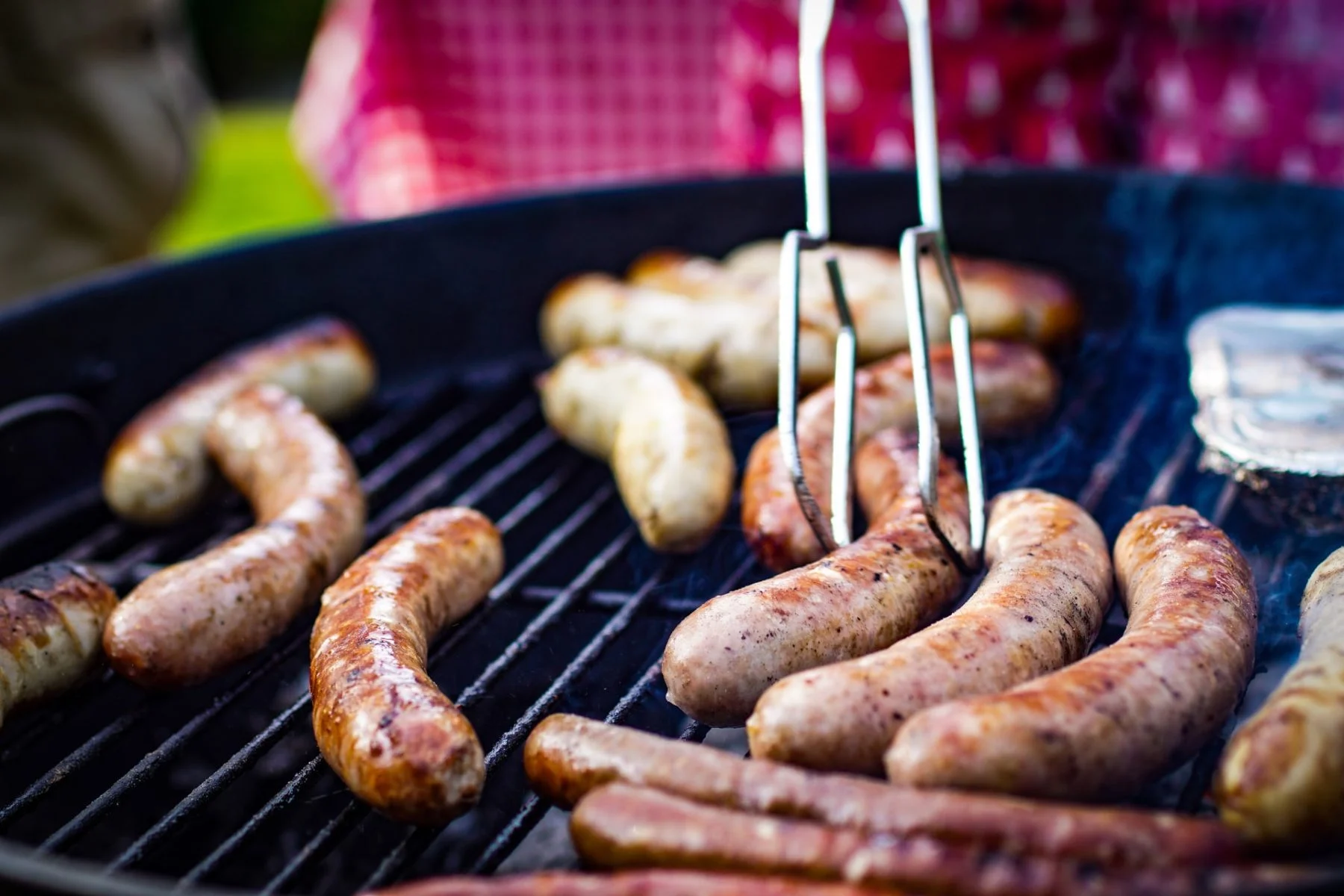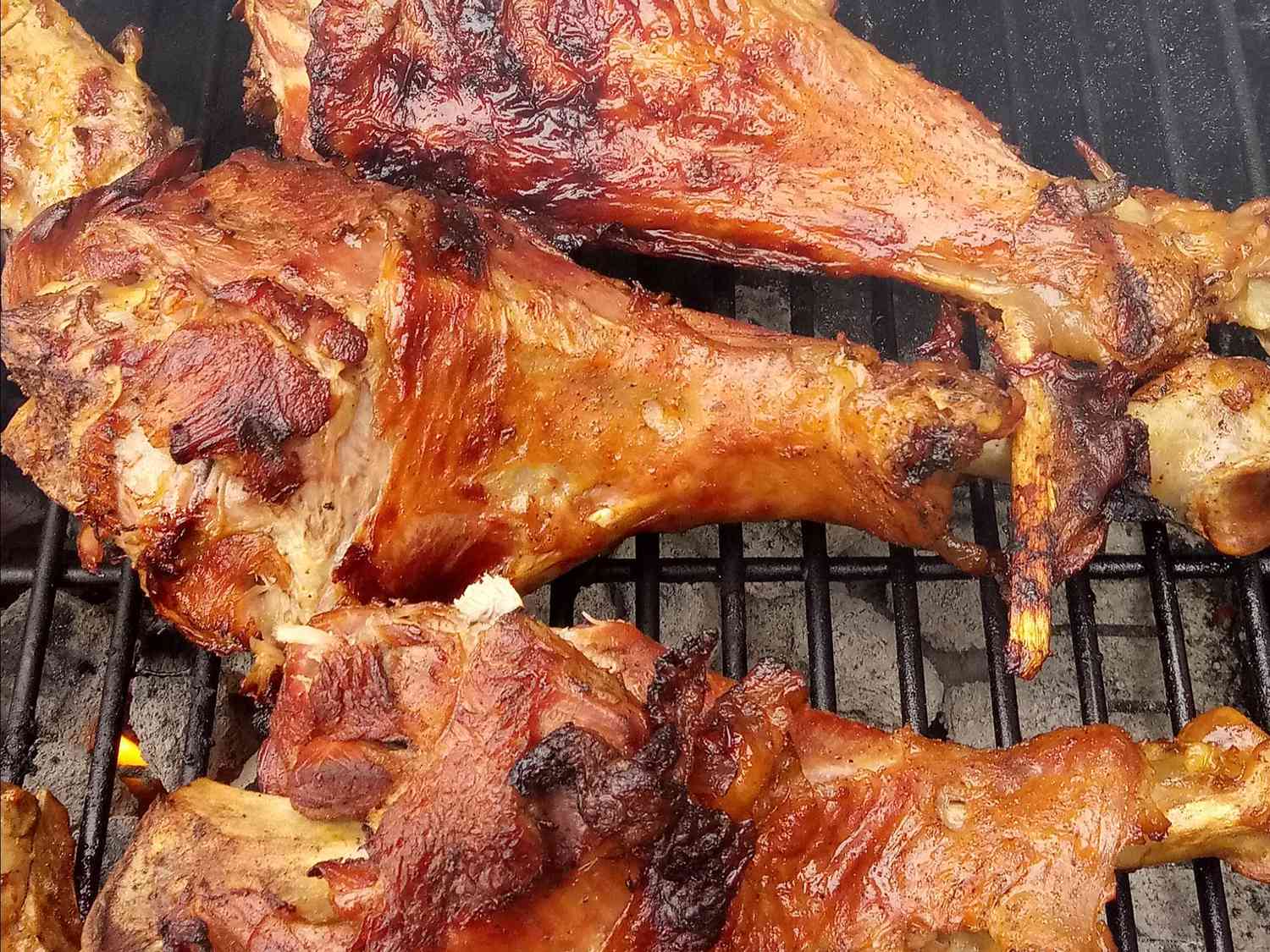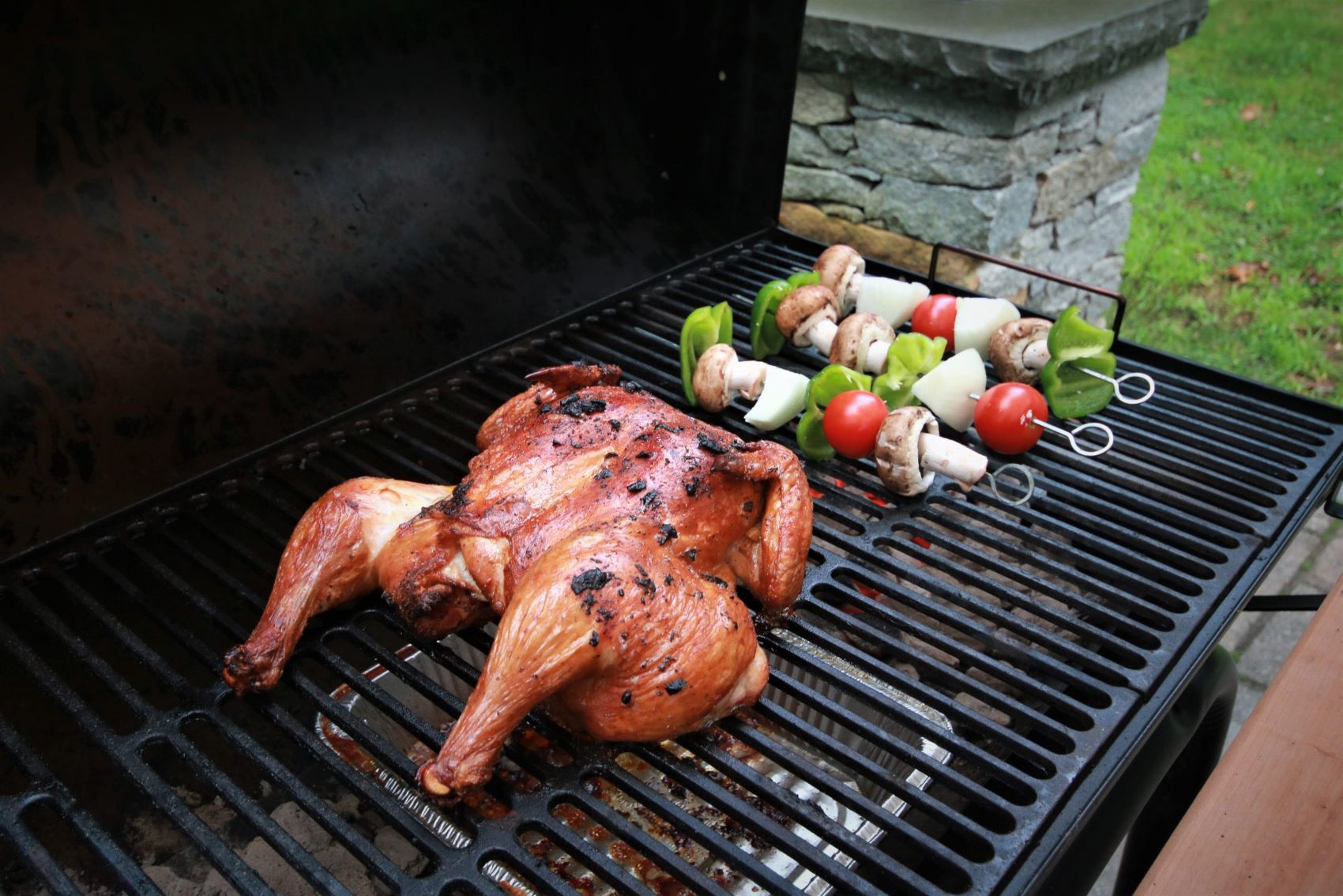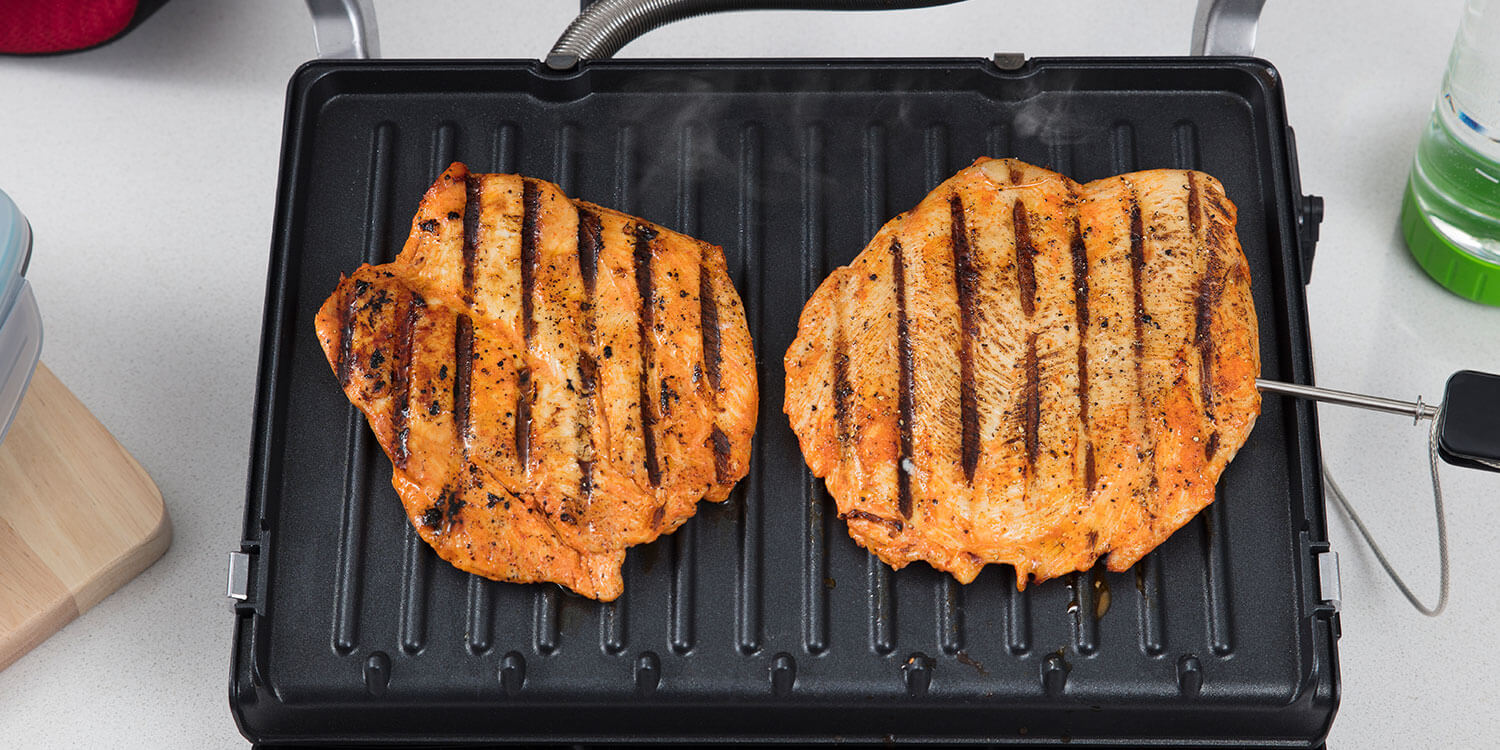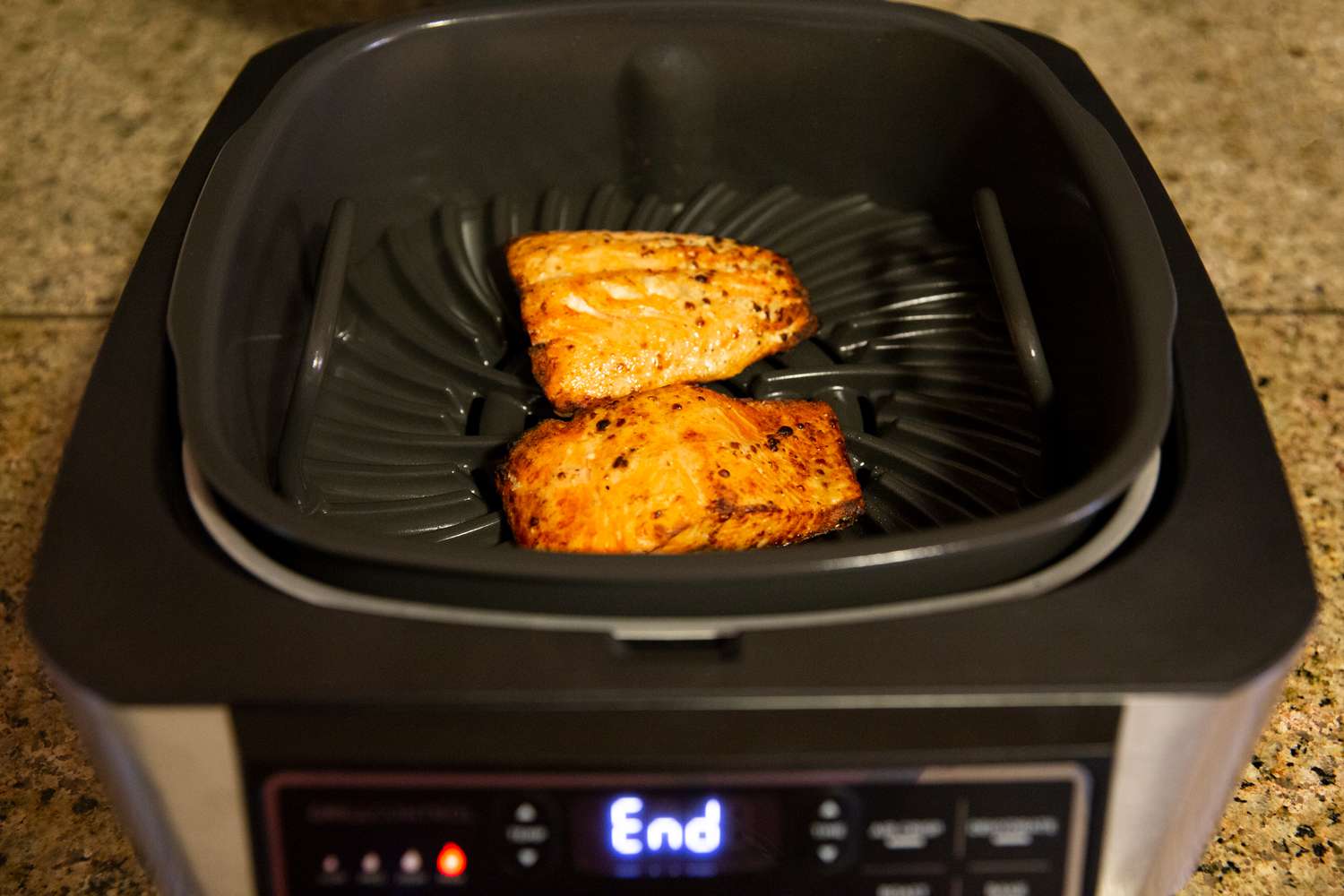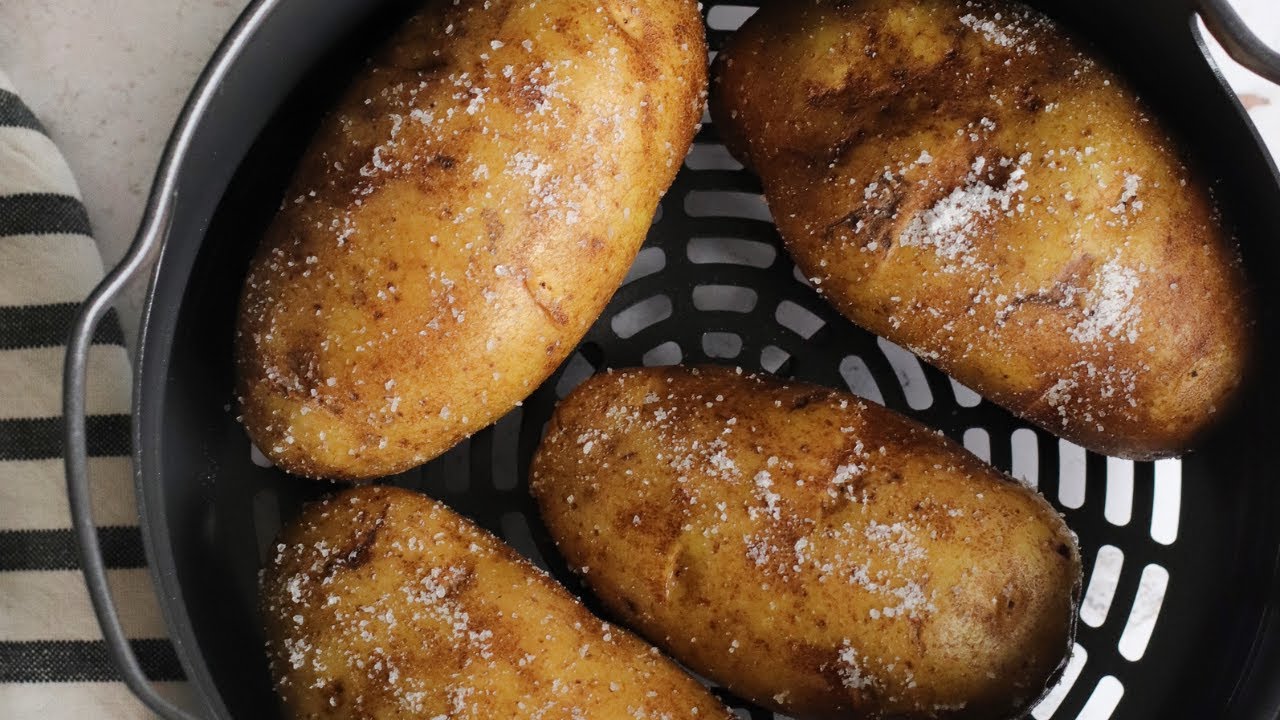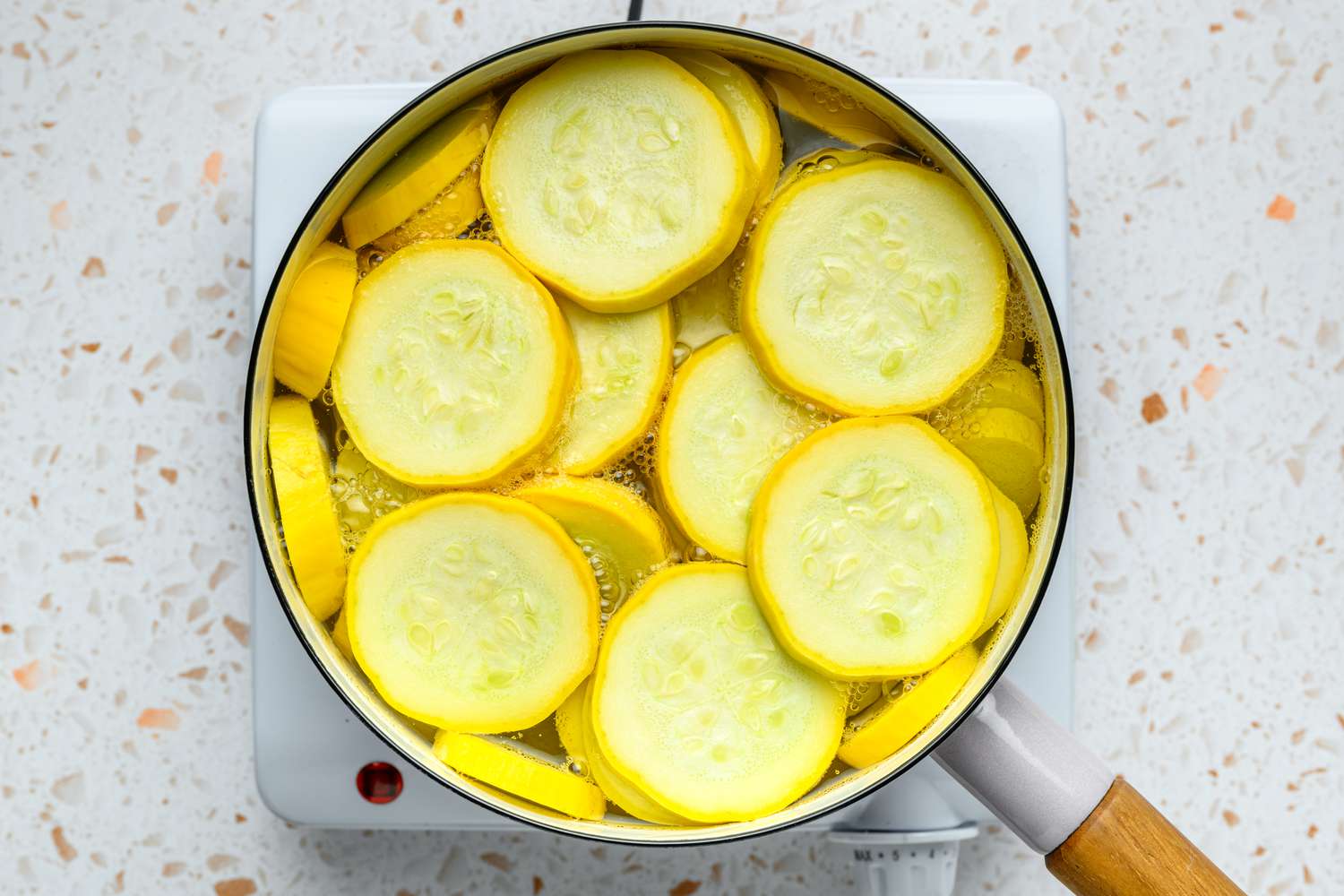Cooking brisket on a charcoal grill transforms this tough cut of meat into a tender, flavorful masterpiece. Mastering this method requires patience, precision, and a bit of skill. Whether you're a seasoned grill master or a novice eager to tackle new culinary challenges, this guide will walk you through the essential steps. From selecting the perfect brisket to maintaining the right temperature and smoke, we'll cover everything you need to know to achieve that mouthwatering, fall-apart tenderness. Get ready to impress your guests and elevate your grilling game with a beautifully smoked brisket that's bursting with flavor.
Essential Ingredients for a Perfect Brisket
- Beef brisket (5-7 pounds)
- Kosher salt (2 tablespoons)
- Black pepper (1 tablespoon, freshly ground)
- Garlic powder (1 tablespoon)
- Onion powder (1 tablespoon)
- Paprika (2 tablespoons, for smokiness)
- Brown sugar (1/4 cup, for a hint of sweetness)
- Wood chips (preferably hickory or oak, soaked in water for at least 30 minutes)
- Charcoal (enough for maintaining temperature for several hours)
- Aluminum foil (for wrapping the brisket)
- Meat thermometer (for monitoring internal temperature)
Must-Have Tools for Grilling Brisket
- Charcoal Grill
- Chimney Starter
- Charcoal Briquettes or Lump Charcoal
- Wood Chips or Chunks (for smoking)
- Aluminum Foil
- Meat Thermometer
- Grill Tongs
- Basting Brush
- Grill Brush
- Cutting Board
- Sharp Knife
Cooking brisket on a charcoal grill requires patience. Maintain low, steady heat around 225°F, positioning meat fat-side up. Use indirect heat, and keep the lid closed to retain smoke.
The Art of Grilling Brisket: Why It’s Worth It
Cooking brisket on a charcoal grill infuses the meat with a smoky flavor that's hard to replicate with other cooking methods. This technique, favored by barbecue enthusiasts, involves slow cooking over low heat, allowing the brisket to become tender and juicy, making every bite a delightful experience.
Mastering this method not only elevates your grilling skills but also brings people together over a meal that's rich in tradition and taste. It's a way to celebrate the art of barbecue, showcasing patience and skill in creating something truly special from a simple piece of meat.
Mastering Brisket on a Charcoal Grill: A Step-by-Step Guide
How To Cook Brisket On A Charcoal Grill
-
Prepare Your Brisket
- Trim excess fat from brisket to about ¼ inch thickness.
- Apply a generous amount of dry rub evenly over the surface.
-
Set Up Your Grill
- Fill one side of the grill with charcoal; leave the other side empty for indirect cooking.
- Light the charcoal and wait until coals are covered with gray ash.
-
Maintain Temperature
- Aim to keep the grill temperature around 250°F. Adjust air vents to control heat.
- Add charcoal and wood chips periodically to maintain consistent temperature and smoke.
-
Place Brisket on Grill
- Position brisket on the grate over the side without charcoal, fat side up.
- Insert a meat thermometer into the thickest part of the brisket.
-
Monitor and Spray
- Every hour, spray brisket with a mix of apple cider vinegar and water to keep it moist.
- Check charcoal and wood chips; replenish as needed to maintain temperature and smoke.
-
Wrap Brisket
- Once brisket reaches an internal temperature of 165°F, wrap it tightly in butcher paper or aluminum foil.
- Return wrapped brisket to grill and continue cooking.
-
Finish Cooking
- Cook until brisket reaches an internal temperature of 200°F to 205°F.
- Remove brisket from grill and let it rest for at least 1 hour before slicing.
-
Slice and Serve
- Slice brisket against the grain into thin slices.
- Serve immediately and enjoy your perfectly cooked brisket.
Mastering the Art of Charcoal-Grilled Brisket
Cooking brisket on a charcoal grill is an art that combines patience, skill, and a touch of love. Remember, choosing the right cut, maintaining a consistent temperature, and giving your meat the time it needs to become tender and flavorful are key steps in this process. Don't rush it; good things come to those who wait. Whether you're a seasoned pitmaster or a novice looking to impress, mastering this technique will elevate your grilling game to new heights. So, grab your charcoal, light up the grill, and get ready to enjoy one of the most satisfying meals you can make outdoors. With practice, you'll find that making a perfectly grilled brisket isn't just a meal, it's an experience. Happy grilling!
For those looking to master the art of cooking brisket on a charcoal grill, there's a wealth of recipes to try. The Classic Smoked Brisket Recipe is a great starting point, providing a solid foundation for smoking techniques. Once you're comfortable, experiment with the Smoked Brisket Chili Recipe for a hearty meal or the Smoked Brisket Mac and Cheese for comfort food with a smoky twist. For a creative spin, try the BBQ Brisket Nachos Recipe, perfect for game day, or the Smoked Brisket Ramen Recipe, which brings a fusion of flavors to your bowl. Each recipe builds on the skills from the guide, offering delicious, varied ways to enjoy your perfectly smoked brisket.
All Your Questions About Grilling Brisket Answered
How long does it take to cook brisket on a charcoal grill?
Well, patience is key here. Cooking brisket on a charcoal grill usually takes between 8 to 12 hours, depending on its size and the consistency of your grill's temperature. Keeping that heat steady at around 225-250°F (107-121°C) is crucial for a tender, juicy result.
What's the best way to keep my brisket moist during the long cooking process?
Ah, the secret to a moist brisket lies in two techniques: mopping and wrapping. About every hour, you'll want to mop your brisket with a flavorful liquid to keep it from drying out. When it hits the internal temperature of 150-170°F (66-77°C), wrapping it in butcher paper or aluminum foil can lock in those juices and bring it home to perfection.
Can I add flavor to my brisket while it's on the grill?
Absolutely! Before it even hits the grill, give your brisket a generous rub with your favorite spice blend. While cooking, mopping with a mix of apple cider vinegar, beer, or your choice of broth can add layers of flavor. Don't forget, wood chips soaked in water and added to the coals can introduce a smoky essence that's hard to beat.
How do I know when my brisket is done cooking?
You're aiming for an internal temperature of around 195-205°F (90-96°C) for that perfect tenderness. But don't just rely on a thermometer; the "poke test" is a great way to gauge doneness. If you can insert a skewer into the brisket with little to no resistance, it's ready to rest before slicing.
What's the best way to slice brisket?
Slicing against the grain is the golden rule. This means cutting perpendicular to the muscle fibers, which makes for shorter fibers in each slice. Result? Each bite is as tender as can be. Remember, the brisket is made up of two parts, the flat and the point, so you might need to adjust your slicing direction when you move from one to the other.
Should I let my brisket rest before slicing?
Definitely. Letting it rest for at least 30 minutes (but up to a couple of hours if you've got time) allows the juices to redistribute throughout the meat. This step is crucial for achieving that melt-in-your-mouth texture. Just keep it wrapped and in a warm place during this time.
Can I cook brisket on a charcoal grill in cold weather?
Sure thing, but it'll require a bit more attention. Cold, windy conditions can make maintaining a consistent temperature a bit of a challenge. Consider using more charcoal than usual and keep a close eye on the temperature gauge. A grill blanket or moving your setup to a more sheltered spot can also help combat the elements.
Was this page helpful?
Read Next: How To Cook A Ham On A Charcoal Grill
